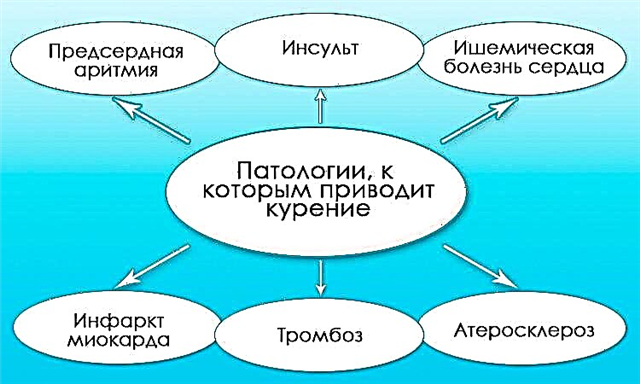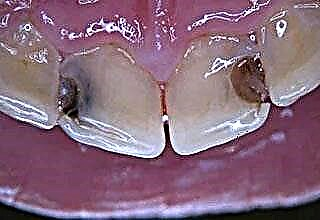What is coronary angiography of the heart? At the moment, this is the most accurate option for detailing the state in patients with coronary heart disease (IHD). It is the introduction of a contrast agent into an artery, followed by X-ray imaging of the coronary vessels of the heart, allows you to assess their patency, to determine the tactics of treatment for their stenosis.
Indications for
Coronary angiography (or coronary angiography) can be planned or performed urgently.
Indications for urgent coronary angiography:
- deterioration in the postoperative period (the appearance of chest pain, visible abnormalities on the ECG, increased marker enzymes);
- progressive angina pectoris;
- acute coronary syndrome.
Indications for elective coronary angiography:
- the appearance of prolonged and periodic pain in the chest area, which is given to the scapula, lower jaw, left arm and shoulder (direct indication);
- suffered cardiac death;
- angina pectoris (class III or IV, caused by certain drugs, chronic coronary artery disease in patients with a high risk of myocardial infarction);
- differential diagnosis of diseases of the heart muscle;
- forthcoming open heart surgery;
- post-infarction pain;
- professions associated with constant risk (pilots, firefighters, drivers, etc.).
Preparation and execution technique
The attending physician can tell you about how coronary angiography of the heart is done. The procedure is a minimally invasive procedure and requires preliminary preparation. Before hospitalization, a general blood test is required, blood type and Rh factor are checked, additional examinations may be prescribed.

The day before the procedure, it is forbidden to eat food so as not to cause vomiting and nausea during diagnosis.
The patient is taken to the X-ray endovascular surgery room. Since the manipulation is done under local anesthesia, the person is conscious. The next step is to pierce the artery. Usually, the femoral artery is punctured in the groin area, but if it is difficult to administer the substance, the puncture is performed through the radial artery of the arm.
After that, a catheter is inserted, which is a plastic tube. The surgeon guides it to the coronary arteries. A person has two of them (left and right), therefore, two catheters are installed and a special contrast agent is injected through them. It fills the entire space of the vessels, which makes it possible to visualize them. The doctor, using an X-ray machine, takes pictures in various projections and evaluates the patency of the arteries.
If no further surgery is planned, the catheter is removed. The puncture site is either sutured or glued, and sometimes a special bandage is applied. Duration of diagnostic coronary angiography - 15-30 minutes, therapeutic - an hour or longer.
The examinees do not feel anything during the procedure. If it is not the first time, there may be an unpleasant feeling in the place where the pain reliever was injected, since the drug may work worse again. The cost of manipulation is quite high, but due to the diagnostic value it is quite justified.
Postoperative period
After the end of the examination, a gentle regimen is recommended. The limb into which the catheter was inserted should preferably be restricted in movement. Contrast agents are toxic, so drinking plenty of fluids is encouraged.
In general, the effect of this method on the body is not felt, but it should be remembered that in case of a change in the piercing site (redness, pain or other symptoms), an urgent need to consult a doctor.
Contraindications
Coronary angiography of the heart is an operative examination. It, like any intervention, has a number of contraindications.
There are no absolute contraindications to the procedure. However, it is not recommended to carry out it in case of fever or the presence of symptoms of intoxication (nausea, vomiting, weakness, etc.), in the acute course of certain diseases (diabetes, heart and kidney failure, lung disease).
The injected substance can cause allergies, so the doctor must make sure that the subject does not have such a reaction to the contrast.
Care should be taken to prescribe the procedure to people with a low potassium content in the blood (hypokalemia) - it can cause arrhythmias.
The above contraindications are relative, therefore, it is possible to carry out such a diagnosis, but after the condition has normalized.
Complications
The procedure itself is painless and relatively safe, but complications can sometimes occur. Negative consequences after coronary angiography of the heart are local and generalized.
The percentage of systemic complications is small - up to 2%. Includes the development of myocardial infarction (as a consequence of restenosis), stroke, arrhythmias. Remotely, cerebral ischemia can also occur.
Allergy occurs in 2% of cases and is manifested by bronchospasm, rash, itching, shortness of breath and anaphylactic shock.
Local complications develop at the puncture site of the vessels, they include thrombosis, aneurysms and hematomas.
May occur vasovagal reactions: lowering blood pressure, bradycardia (slowing heart rate). As a rule, this part of the reactions manifests itself against the background of psycho-emotional stress.
There are also cases of death. The mortality rate is no more than 0.1%.
At-risk groups:
- children and the elderly;
- patients who have severe and chronic diseases that are contraindications;
- patients with class IV angina;
- heart disease;
- left ventricular failure;
- the presence of decompensated diseases.
Patients who are at risk need careful preparation, additional examination methods, which will reduce the risk of complications.
Conclusions
Coronary angiography makes it possible to assess the patency of the arteries, and therefore is the primary method in the diagnosis of heart ischemia.
The method also allows you to determine the percentage of vasoconstriction, which is very important for the correct choice of treatment. The procedure helps to differentiate coronary diseases from myocardial pathology, without it it is impossible to carry out stenting of the arteries.
Coronary angiography has a wide diagnostic range, is a low-traumatic manipulation and has a minimal risk of negative consequences, which makes it convenient to use.



